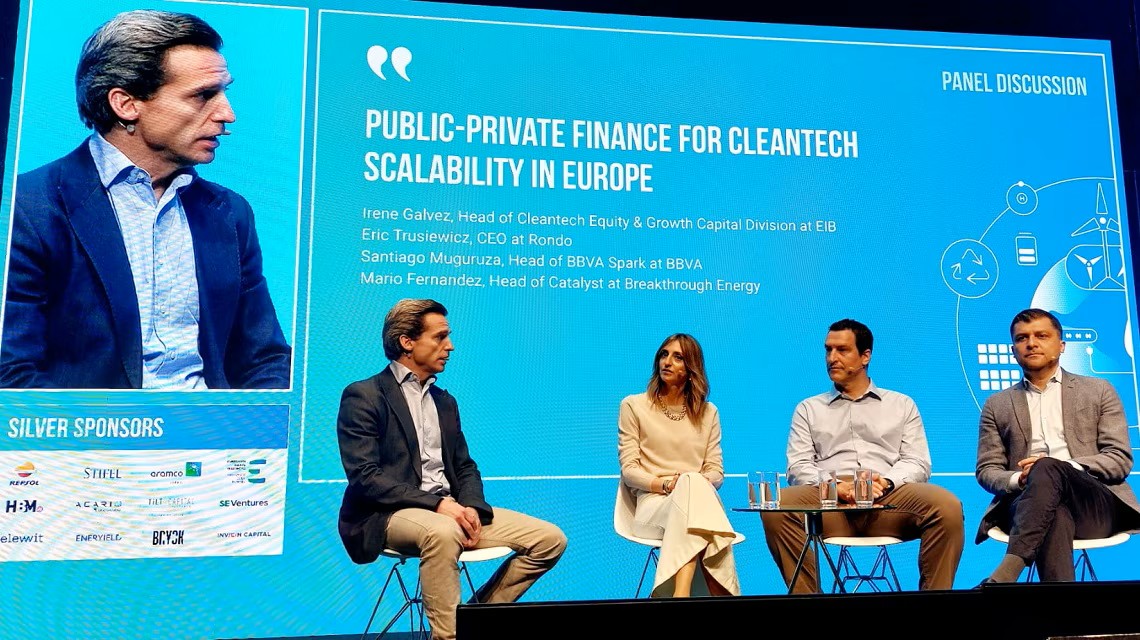How can you get to know your customers better and adapt to them? Technology is your ally
Understanding users has become not only an opportunity, but a priority. To achieve this, companies need to be more agile and less invasive in data collection, and they must personalise their services at all levels and across all channels
Whilst it has always been important to know customers well to offer a good product or service, now that the pandemic has reduced physical contact with users to a minimum, understanding consumers’ needs and offering a good digital option have become essential.
On the one hand, the current situation creates a multitude of offers and services that are very similar to each other and are within reach of your phone or computer screen, something that has forced companies to know their consumers even better to stay ahead of the competition. Spain experienced the third highest growth in the world in e-commerce during 2020, according to the eMarketer study ‘Global Ecommerce 2020’. In the case of Latin America, the figures are even more striking – the growth rate of this sector rose to 230% in the region during the first week of April 2020, according to Statista.

On the other hand, this new digital age also offers a wide variety of ways to better understand and adapt to the digital customer, particularly taking into account the large number of new digital users – during 2020, the volume grew by 7%, giving rise to 289 million new internet users, as We Are Social revealed in their ‘Digital in 2020’ study.
In this context of a high level of competitiveness and increasing numbers of digital users, within the BBVA ecosystem there are startups that are working to better understand their customers and build their loyalty.
Understanding what users want
To begin with, companies need to be agile in this process of understanding the customer to get ahead of the great demand that is out there. “The most important thing for me, especially with times as they are, is being able to understand them as quickly as possible. Digital customers are increasingly sophisticated and they demand an immediate service”, says Tomás Junquera, founding partner of Rate and Grade, a startup that is part of BBVA’s innovation ecosystem.
The company uses its own digital tool that collects and analyses all user interactions from any online or offline channel, and combines other sources of information such as the company’s website or digital channels like WhatsApp, becoming a dashboard on user behaviour available at the click of a button. “Through a link, companies that are interested in listening to the customer receive all the information necessary for them to make decisions and activate the levers early”, explains Junquera.
But not everything is a matter of speed where knowledge about the user is concerned. The data collection process needs to be non-invasive in order for the information obtained to be true to the real behaviour of consumers. “We try to get to know the customer through a segmentation of profiles offered by the company that we compare with sources of information from external contexts such as market evolution, reputational news and competitors’ advertising levels, in order to analyse their behaviour in a non-invasive way”, explains Juan Mateu, CEO of WhenWhyHow, a startup that was part of the BBVA Open Innovation Acceleration Programme.

Using customisation
Once the consumer is known, companies need to adopt concrete actions that will take care of their relationship. This is made possible through customisation that not only sells products, but also solves users’ concerns and works for their loyalty. This is how Mateu explains it: “We believe that the strength of customisation is not so much sell-oriented, but loyalty-oriented. That is, demonstrating that we’re looking after users and taking their concerns on board so that they don’t leave, since churn rates in the digital environment are high”.
Customers need to see that some of the information collected is transferred to their reality
Also, this customisation should feed back into itself. Customers need to see that some of the information collected is transferred to their reality. In this way, a circle of knowledge is generated that never stops enriching itself. “Users should feel that some of the information that they are asked for can come back around. For example, by sharing something like ‘we have listened to you, x% told us this and that has led to these actions’. That feedback with the customer is critical to making them believe you and want to come back”, said Tomás Junquera from Rate and Grade.
Defining specific actions becomes a determining factor for these types of projects to keep advancing. Junquera explains it based on his experience: “I’ve reached the conclusion that many projects failed because in the end no one took charge of translating those pieces of information into specific actions and levers, to work with them and improve the relationship with customers”.

Adapting to digital…
For example, a good opportunity offered by digital is that companies can adapt their product taking into account the skills that users have in that scenario. To achieve this, they can collect data about users’ skills through interactive channels like chatbots and voice assistants.
At WhenWhyHow, using these tools provides useful information for developers to tailor the content that is revealed by them. Mateu explains the process: “We integrate with these conversational channels to analyse users’ digital skills, such as writing speed or whether they prefer to answer with the click of a button rather than writing text. In this way, we can provide information to the chatbot developer so that, depending on the type of customer, information is presented to them in one way or another”.
…and remembering the physical channel
However, we shouldn’t forget about those users who use services and products in the physical world either. Companies can combine both channels. There’s no point understanding digital users without knowing about the behaviour of consumers who opt for going to the store.
Again, digitisation can be used to study those real world scenarios. Rate and Grade explain how to make it possible: “To create a point of interaction and understanding with customers in the physical world, totems that incorporate devices like tablets and computers are placed in shopping centres and stores”.
Companies must adapt to offer consumers what they need, regardless of which channel they use
The information generated by these digital devices is extremely useful for strategic decision making relating to new premises in shopping centres, as Junquera points out: “With that data we’re able to tell them that the best thing for that empty space would be, for example, a clothing store. For a shopping centre this is critical information because, if they don’t get it right with the shops they offer, customers can simply go to another shopping centre”.
The rules have changed and companies must adapt to offer consumers what they need, regardless of which channel they use. Understanding your digital and physical customers is no longer a mere opportunity, it’s a survival strategy.



